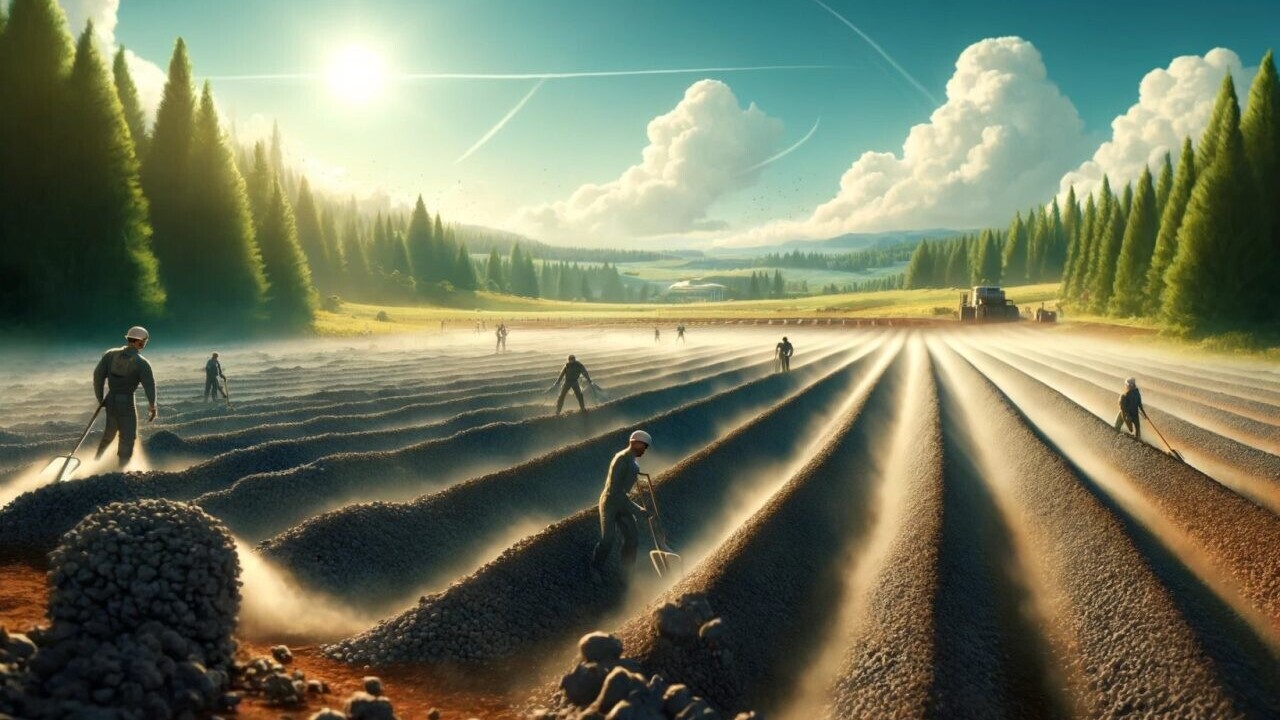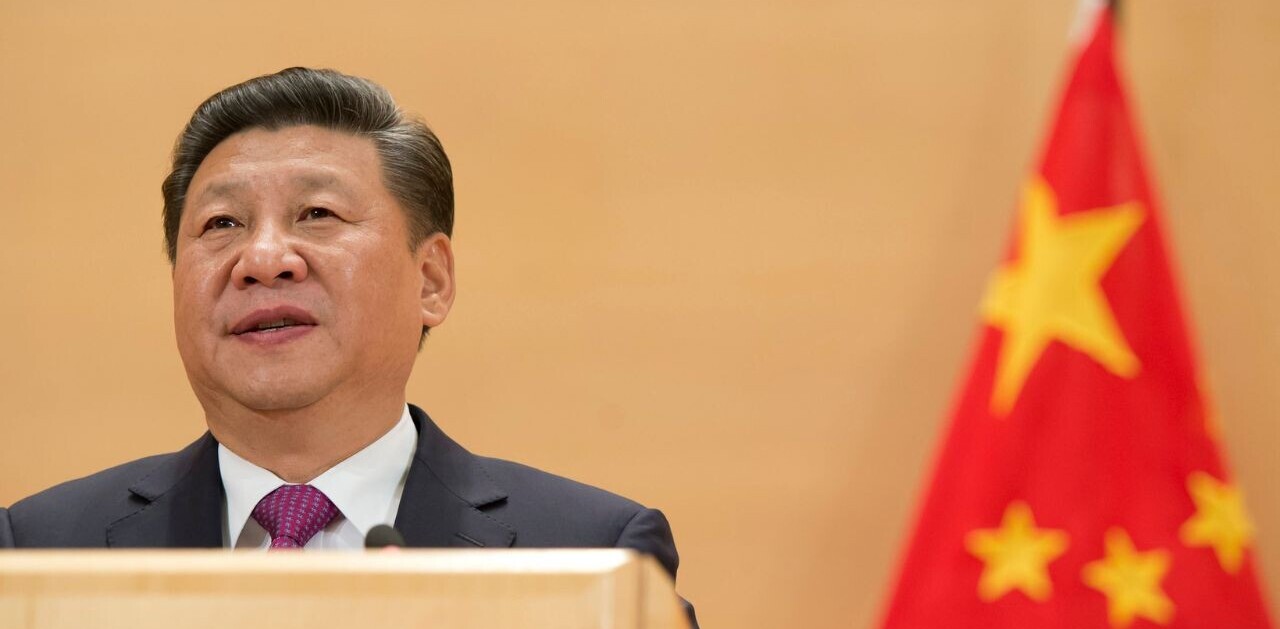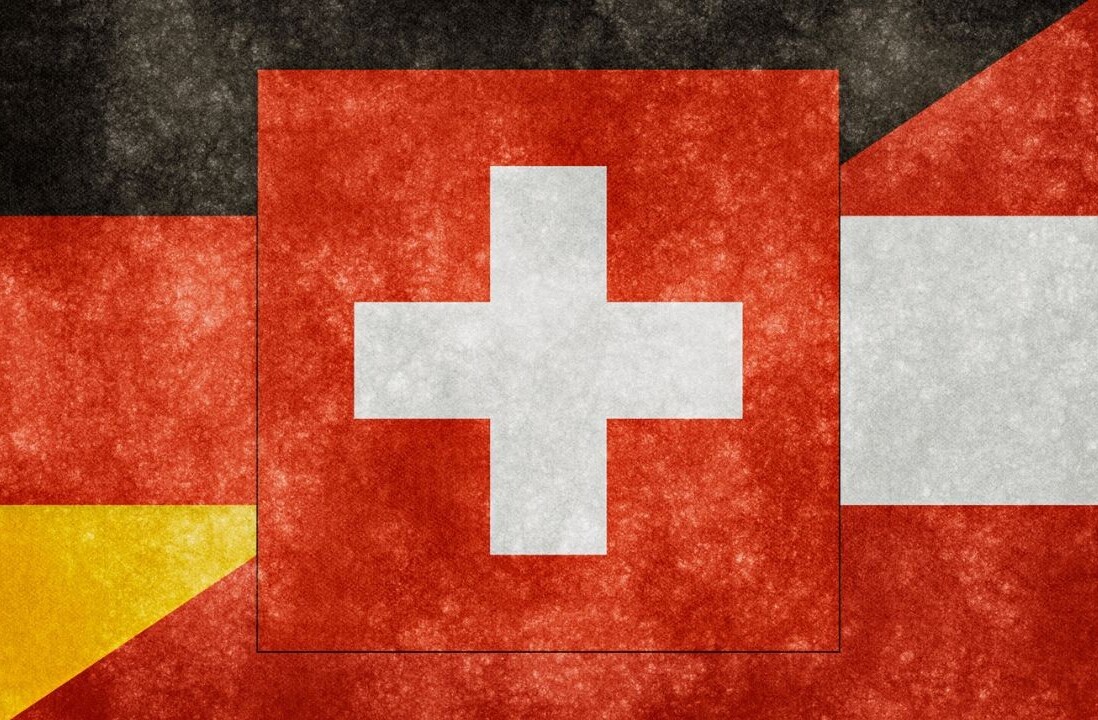
A weird technology has emerged as a leader in the quest for net zero. But this form of carbon capture, called Enhanced Rock Weathering (or ERW for short), still requires innovation — and government oversight.
Society has a knack for embracing new technologies, often driven by a blend of vanity, curiosity, and a desire to be ahead of the curve. Whether it’s being the first to own the latest gadget or pioneering eco-friendly initiatives like EV charging ports, early adopters pave the way for progress—despite the initial hurdles of high costs and imperfect implementations.
From the infancy of the internet to the evolution of flat-screen TVs, these early strides set the stage for transformative change.
Carbon capture technology is no exception, with major corporations like Microsoft, Google, and Meta offering an early embrace for climate restorative technologies, and even banding together in collaborative efforts like the Frontier Climate consortia. Yet, unlike a trendy gadget, carbon capture holds the key to our species’ survival.
Unfortunately, the unchecked growth of the carbon credit market has led to widespread corruption and unethical practices. Instances of fraudulent tree-planting schemes and dubious land deals undermine public trust in carbon capture initiatives.
Relying solely on corporate initiatives is not enough: governmental intervention is essential to legitimise carbon markets and spur widespread adoption of this critical technology.
Certifying carbon dioxide removal
Enter the EU (February 2024), with a groundbreaking initiative to establish a certification framework for carbon dioxide removal (CDR) technologies. This regulatory push aims to instil confidence in carbon capture solutions, paving the way for mainstream acceptance and adoption. The process, although bureaucratic, is a necessary step toward aligning policies with climate objectives.
I’m the CEO and founder of FabricNano, a biomanufacturing company based in the UK that enables the sustainable manufacture of products using enzyme-based biocatalysts. We’re using nature to solve some of humanity’s biggest problems — so we’re naturally curious about the latest methods being used to abate carbon emissions in supply chains.
But we’re also curious about technologies to sequester carbon emissions that the petroleum-heavy industrialisation of the past two centuries have already created. One carbon capture method gaining traction is particularly intriguing: Enhanced Rock Weathering (ERW). Also known as soil-based enhanced weathering, ERW harnesses the natural process of rock weathering to sequester carbon dioxide from the atmosphere.
How does enhanced rock weathering work?
Like all the most charismatic technologies, it’s joyously weird — just like tapping a screen with your finger once was. Find a big stretch of land such as a farm or field. Sprinkle a welcoming blanket of magic mineral dust over it. Then, rainwater falls.
This rainwater contains atmospheric carbon dioxide (CO2), the currency of climate change, which fixes to the water molecule (H2O) forming a molecule called carbonic acid (CH2O3). When this acid meets rock of a certain type — typically basalt or other silicate rocks — that acid is further mineralised into stable carbonate, which is stored in the soil, or washed out to sea.
You’re familiar with carbonates: they’re pervasive in your daily life as well as in the oceans, with sodium carbonate (NaCH2O3) known more commonly as baking soda, and calcium carbonate (CaCH2O3) as chalk.
The carbonate molecules are good for the oceans, which is where these molecules eventually end up. They help to reverse the de-acidification of the ocean before the carbonate molecules sediment to the seafloor, where they slowly become rock, such as limestone, or coral and crustaceous shells.
On their way to the oceans, these molecules increase total carbon in the soil. This improves the overall health of the soil microbiome and the pH stabilises against more aggressive farming techniques — both useful for feeding an ever increasing human population.
The world has a lot of land, and a lot of silicate rock. The UK alone has 43 million acres that could both utilise and benefit from deployment of this technology; enough land to sequester 86 million tonnes of CO2. And the UK has billions of tons of silicate rock material and other mine tailings sitting around as waste. This stuff is abundant: silicate rocks make up 90% of the Earth’s crust.
Why is ERW technology the key enabler of global carbon capture?
The potential of ERW is immense, offering a sustainable and scalable approach to carbon removal around the globe. However, nature is smart but slow — and it’s the job of ERW to speed up what nature already does best so that we can help restore a stable climate on planet Earth.
Rock weathering in nature is far too slow to keep up with the exponential pace of human industrial activities and associated carbon emissions. The “enhanced” in ERW comes from the effort to deposit silicate material across vast stretches of land in a hope to speed up rock weathering.
But there’s a catch: the typical rock that can be sustainably sourced for this technology has a diameter that sits in the 1-4mm particle size distribution (PSD) which can take >20 years to usefully weather.
We just don’t have that sort of time — and so creating a viable version of ERW requires two things. First, the vast deposition of silicate material on land and second, the sourcing of ultra-fine rock dust that’s under 0.1mm. The first is a logistical challenge of hauling tonnage of rock to nearby fields; the more quarries and fields, the better for optimising trucking routes.
We have yet to solve the problem of ultra-fine rock dust, as this rock is only available in small quantities from specific mines and quarries around the world. If you can’t find the magical rock dust, you create it — hence firms grinding standard quarry rock into smaller rocks of under 0.1 millimetre in diameter, which uses energy, compounds logistics and emits carbon, negatively affecting the life cycle analysis of the entire carbon capture effort.
The emerging ERW carbon credit market
And so, the critical flaw reveals itself. We have the global solution to carbon capture — and it works! But these ultra-fine rock dust inputs are so difficult to come by, that we are stuck in the mid-scale research phase. We need new technologies to solve the rock particle size problem in ERW.
Luckily, this won’t hold back ERW from becoming the number one carbon capture technology of the decade. There’s enough ultra-fine rock dust and proof in the technology for Microsoft to have inked deals with firms working in ERW logistics and measurement — among them Lithos Carbon in the US and UNDO in the UK.
Microsoft is the leading buyer and is signing deals to offtake carbon credits generated through ERW that will pull down over 100kT of carbon this year alone. All this carbon sequestration is using the rare ultra-fine rock dust, but we are far short of 1MT of carbon removal and even further from 1GT of carbon removal using ERW.
Despite the remaining rock dust hurdles, major players in the Frontier Climate consortia are investing in ERW projects more than any other carbon capture technology, as they and we start to recognise the long-term potential of simply speeding up what nature already does to sequester carbon dioxide in the atmosphere and hence stabilise the climate.
Prioritising ERW key to reaching 2050 net zero targets
While ERW has its shortcomings, its efficacy in carbon capture is undeniable. As governments and corporations increasingly prioritise carbon neutrality, ERW is poised to play a pivotal role in achieving our climate goals. The current state of the art isn’t perfect — no early innovation truly is — so skepticism still lurks. But in essence, this is it.
Amongst many other “serious” contenders, from giant vacuums to biomass burial, this is the solution. To meet the monumental challenge of global carbon reduction, we must accelerate the pace of innovation and overcome scalability issues for ERW. That’s the story.
As a biotechnology firm, FabricNano hopes that ERW gets fast tracked by the EU and other governments as the leading technology in need of explicit protocols and oversight, leading to corresponding quality assurance in the carbon markets.
While carbon capture as a class of technologies has been historically controversial and flawed, it isn’t a joke, not any more. The collective governments of the world have started to reckon with the fact that — without reduction of emissions robustly combined with carbon capture — 2050 net zero targets don’t stand a chance.
To move as fast as possible, we need the EU and others to select the leading carbon capture technologies carefully, quickly, and start to build oversight into protocols to ensure quality. Only then will the carbon market truly move from vanity and curiosity to mainstream adoption of our new way of life.
ERW is one of many approaches that the European Council is looking to regulate and thereby assist in widespread adoption. The process has already begun. And if we prioritise ERW, we might just see carbon sequestering fields throughout the globe, truly fighting climate change within the decade.
Get the TNW newsletter
Get the most important tech news in your inbox each week.





